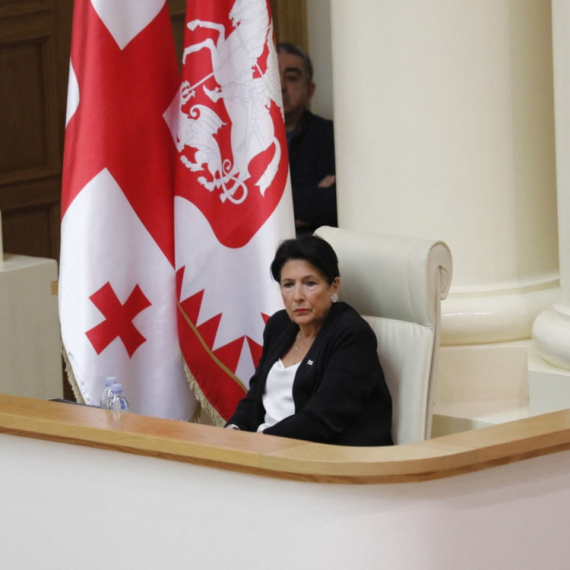1,700 false asylum seekers returned to Serbia
1,700 citizens, who requested asylum in the EU countries for economic reasons, were returned to Serbia in 2010 in accordance with the readmission agreement.
Saturday, 12.02.2011.
15:08

1,700 citizens, who requested asylum in the EU countries for economic reasons, were returned to Serbia in 2010 in accordance with the readmission agreement. According to Serbian Interior Ministry’s information, 1,711 “false asylum seekers” were retuned to Serbia in 2010. 1,700 false asylum seekers returned to Serbia They go to Western European countries in search of a better life, Human and Minority Rights Ministry wrote in a statement. They were returned to Serbia after Serbian police had checked their identity and citizenship status and given their consent to return them to the country, it is said in the statement. It also adds that the EU has assessed that there is no political or ethnic persecution in Serbia and that the motives for asylum are strictly economic ones. The largest number of countries that Serbia has signed the readmission agreement with did not want to assume responsibility for financial and social reintegration of the citizens who were returned. The ministry pointed out that the Serbian authorities were conducting a campaign aimed at informing the citizens about the rights and restrictions that accompanied the visa liberalization in order to prevent abuse of the visa liberalization and the asylum institution in the EU member states. The authorities have also stepped up control at border crossings. A strategy for reintegration of the returnees was adopted in February 2009 in order to stop the migration. The National Strategy for Improvement of Roma Position in Serbia, which was adopted by the government in April 2009, is also very important bearing in mind that Roma make 70 percent of false asylum seekers. (Beta, file)
1,700 false asylum seekers returned to Serbia
They go to Western European countries in search of a better life, Human and Minority Rights Ministry wrote in a statement.They were returned to Serbia after Serbian police had checked their identity and citizenship status and given their consent to return them to the country, it is said in the statement. It also adds that the EU has assessed that there is no political or ethnic persecution in Serbia and that the motives for asylum are strictly economic ones.
The largest number of countries that Serbia has signed the readmission agreement with did not want to assume responsibility for financial and social reintegration of the citizens who were returned.
The ministry pointed out that the Serbian authorities were conducting a campaign aimed at informing the citizens about the rights and restrictions that accompanied the visa liberalization in order to prevent abuse of the visa liberalization and the asylum institution in the EU member states.
The authorities have also stepped up control at border crossings.
A strategy for reintegration of the returnees was adopted in February 2009 in order to stop the migration. The National Strategy for Improvement of Roma Position in Serbia, which was adopted by the government in April 2009, is also very important bearing in mind that Roma make 70 percent of false asylum seekers.

























































Komentari 5
Pogledaj komentare